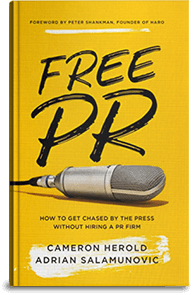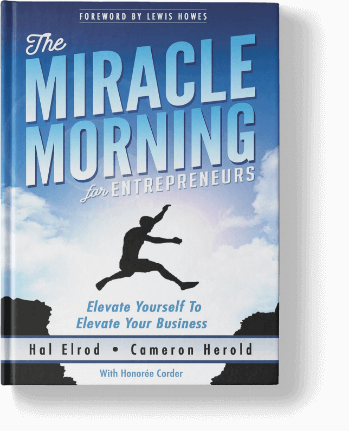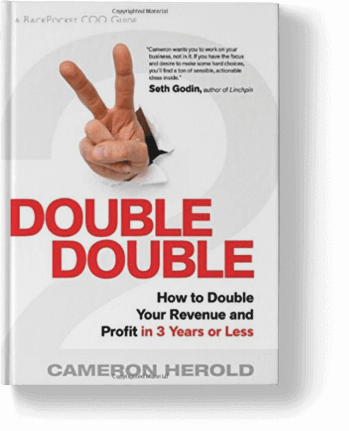If you want to increase the value of your privately held company, it’s not just about your profits. While profitability is critical, there are other factors that can elevate your company’s value when it comes time to sell.
So, what are they?
Well-Organized Accounting
Don’t put off getting your accounting in order. Be ready at all times so that you can respond quickly when information on it is requested. Buyers will see your company as well-organized and will be more likely to pay a higher price when they don’t anticipate unforeseen surprises.
“Your financial records reflect the results of operations as well as the financial position of your small business or corporation. In other words, they help you understand what’s going on with your business financially.” – PDR
Awesome Employees
Your company’s talent is an asset! Make sure your buyers know that. Employees with strong skills add value, particularly when it comes to the sales team or other key roles that drive revenue, efficiency, or innovation within the company.
Loyalty is also a distinguishing characteristic to promote. Buyers want to know that key employees will stay for the long term. If you have employees like that, don’t be silent about it!
Office Culture that Feels Amazing
Enlist the help of a designer to “stage” your office so that the physical space looks great and feels like an incredible workplace. Freshly painted walls, organized shelves, and attractive wall art all add to your company’s image.
“A good leader needs to go out of their way to create bright, colorful offices for themselves and their employees. Do everything you can to avoid stuffy offices and dreary boardrooms in your workspace.” – Cameron Herold
Strong Branding and Name Recognition
The stronger your company’s brand recognition, the better your selling price is going to be. Roll out a stellar PR strategy 12-18 months prior to the start of the selling process to help show that your company is in a growth mode.
You’ll also want to refresh website content and other communication materials so that they’re relevant and in alignment with the message you are promoting to buyers.
Recurring and Diverse Revenue
All revenue is not equal. Buyers will – and do – pay a premium for booked reoccurring revenue. This means ongoing contracts with customers and a track record of predictable growth.
Diversified revenue is also a must. Broaden your revenue base so no more than 10-15% is based on one single customer.
The Company Runs Without You
Businesses that rely less on the owner go for a much higher selling price. Take steps now to increase your company’s independence and ability to remain productive during an ownership transition.
Inc outlines some steps you can take to grow a company that can run without you. They are:
- Stop hovering and answering questions
- Take a mini-vacation
- Become the grandparent
- Delegate the role
- Let failure happen
- Get rid of anything that can tie you to the company
- Let yourself go and announce it
- Avoiding getting trapped in the zone of running things
Share an Inspiring Vivid Vision®
When you have a clear vision for your company, ideally a Vivid Vision® document, it will excite and inspire any potential buyers about the company’s future and abundant potential. This will also help with demonstrating the alignment between you and your employees.
When it comes time to sell your company, make sure to ask yourself, “Have I done all these things?” If not, then what are you waiting for? Who doesn’t want to sell their company for the highest possible price?
Do you have any other strategies for increasing your company’s value? Let us know in the comments below!
If you have questions or would like more information, I’d be happy to help. Please send an email, and my team will get in touch with you!
Editor’s Note: This post was originally published in March 2015 and has been edited for accuracy and comprehensiveness.




